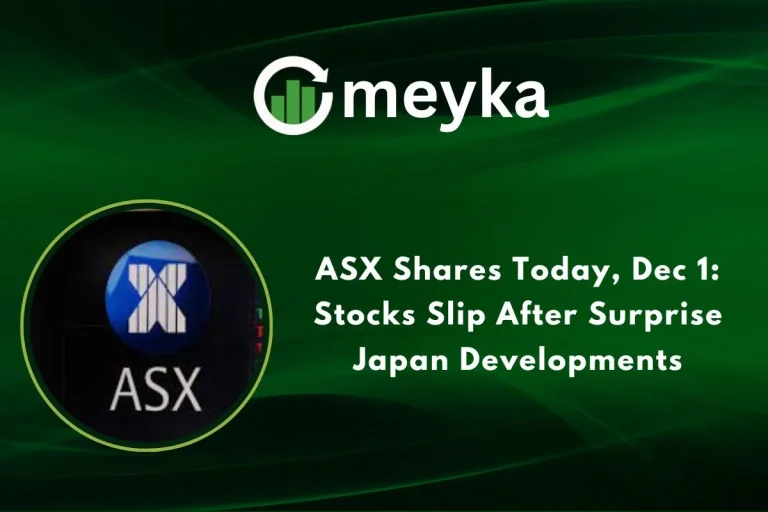Kimberly Clark Kenvue Deal: $48.7B Merger Brings Tylenol and Huggies Brands Under One Roof
Today, we examine the Kimberly Clark Kenvue Deal, a landmark merger valued at approximately $48.7 billion. Under the terms, Kenvue Inc. shareholders will receive $3.50 in cash plus 0.14625 shares of Kimberly‑Clark Corporation per Kenvue share. It equates to $21.01 per share based on KMB’s October 31 price. The combined entity is projected to generate ≈ $32 billion in annual net revenues and about $7 billion in adjusted EBITDA by 2025. This deal signals a pivotal shift in the consumer-health sector, blending strong legacy brands like Huggies, Kleenex, and Tylenol. Looking ahead, we’ll explore market implications, company specifics, and key takeaways.
1. Strategic Rationale and Market Trends
Why the Kimberly Clark Kenvue Deal Matters
The consumer-health industry is undergoing consolidation as companies scale up to capture global wellness demand. The Kimberly-Clark Kenvue deal brings together two major portfolios: Kimberly-Clark’s personal-care brands (Huggies, Kotex, Kleenex) and Kenvue’s consumer-health assets (Tylenol, Neutrogena, Band-Aid). This merger offers a combined company with enhanced scale, cross-selling potential, and cost synergies, estimated at $1.9 billion in cost savings within three years and an overall run-rate synergy of ≈ $2.1 billion. The rationale: in a slower growth environment, bigger size and efficiency can drive margins and sustain dividend returns. For investors, the theme reinforces the value of large-cap consumer staples with global moats. Yet risk remains: integration complexity, regulatory approvals, and litigation exposure (notably around Kenvue’s Tylenol litigation) could derail value creation.
Investor Reaction / Market Sentiment
A quick snapshot of sentiment: on the social side, individual investors posted on X:
The contrasting moves show Kenvue investors welcoming the premium, while KMB shareholders fret about dilution and debt financing. Overall, the sentiment is mixed, leaning cautious, making this deal a hedge-on-scale rather than a pure growth play.
2. Company Specifics: Financials & Deal Terms
Key Terms of the Kimberly Clark Kenvue Deal
Under the agreement, Kenvue shareholders receive $3.50 cash + 0.14625 KMB shares per share, totaling $21.01 based on KMB’s Oct 31 close. Kimberly-Clark will fund the deal via cash, new debt issuance, and proceeds from a prior divestiture of its International Family Care and Professional business.
The acquisition multiple: roughly 14.3 × LTM adjusted EBITDA excluding synergies, or about 8.8 × once the $2.1 billion synergies are accounted for. Ownership post-close: current KMB shareholders ~54 %, current Kenvue shareholders ~46 % of the combined entity.
For the companies, the merged entity retains Kimberly-Clark’s headquarters in Irving, Texas, with Kimberly-Clark’s CEO Mike Hsu to lead. From an investor’s vantage, the robust deal terms provide upside through synergies and brand strength — but execution risk and increased debt load underwrite caution.
3. Implications for Investors & Sector Outlook
What Investors Should Watch
For investors, several implications stand out. First, dividend-oriented equity holders might view this as a potential risk. KMB shares were down ~15% on the news, indicating concern over dilution or integration drag. Second, the consumer-health sector may see increased M&A, smaller players could be targets as large firms seek scale. Third, the merged company will operate under broader macro pressure. Slowing consumer spending, inflation, regulatory scrutiny (e.g., Tylenol litigation), and supply-chain inflation. Kenvue’s lawsuit exposure around Tylenol and baby-powder litigation remains a wild card.
From a sector trend standpoint: brands with strong global reach, high-margin health & wellness product lines and stable cash flows will outperform. The Kimberly Clark Kenvue Deal exemplifies this shift: scaling up to defend margins, expand geographic footprint, and weather consumer softness. For investors, prudent exposure might involve focusing on companies with visible synergy capture, conservative leverage, and resilient brand portfolios.
Conclusion
Kimberly-Clark Kenvue Deal is a major consolidation move in consumer health, valued at ~$48.7 billion, blending two powerful brand portfolios to target ~$32 billion in revenues and ~$7 billion in adjusted EBITDA by 2025. The deal offers significant synergy potential but also material execution and regulatory risk.
If the merged entity can deliver the projected $1.9 billion to 2.1 billion in cost and revenue synergies, the value proposition is compelling. Otherwise, dilution and strategic drift could erode returns. With the deal closing expected in the second half of 2026, vigilant monitoring of synergy capture, debt metrics, and regulatory clearances will be key.
FAQs
The transaction is expected to close in the second half of 2026, subject to customary regulatory and shareholder approvals.
Kenvue shareholders will receive $3.50 per share in cash and 0.14625 shares of Kimberly-Clark for each Kenvue share. Totals $21.01 per share based on KMB’s October 31 closing price.
The merged entity is projected to generate about $32 billion in net revenues and roughly $7 billion in adjusted EBITDA in 2025.
Cost synergies of approximately $1.9 billion within three years and total run-rate synergies of about $2.1 billion are expected.
Key risks include execution of integration, regulatory approvals, debt financing burden, and legacy litigation exposure (notably around the Tylenol brand).
Disclaimer:
The content shared by Meyka AI PTY LTD is solely for research and informational purposes. Meyka is not a financial advisory service, and the information provided should not be considered investment or trading advice.






